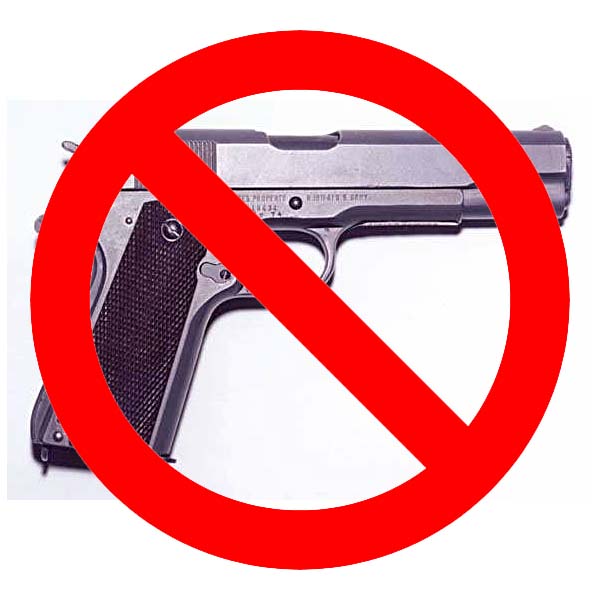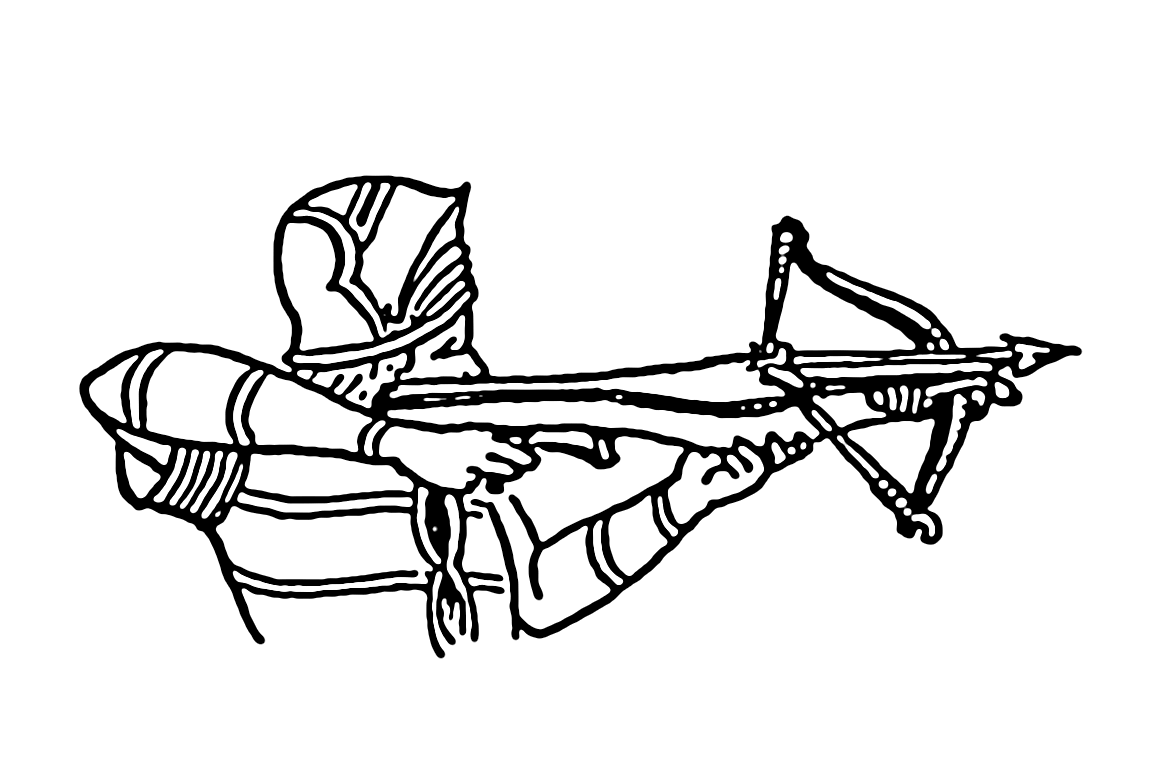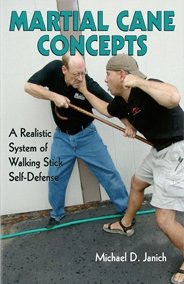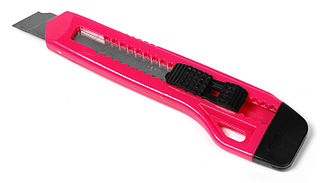In recent days, the chattering class has spent a lot of time speculating about what kind of gun control regulations they might achieve in the wake of the national tragedy in Newton, Connecticut.

I appreciate what liberals are trying to do. They sincerely believe that by banning firearms, they will make us safer and rid the country of a great evil. I agree with the objective of safety, but I reject their means because controlling the weapon will not work if the real issue is the heart of man.

 Here I will address the economics of the issue, and I will go beyond the abstract discussion of supply and demand, incentives, and deterrence to provide seven historical examples of how real people have reacted to weapons controls.
Here I will address the economics of the issue, and I will go beyond the abstract discussion of supply and demand, incentives, and deterrence to provide seven historical examples of how real people have reacted to weapons controls.
All Guns Are Banned!
Let’s start with a thought experiment. Let’s assume that liberals get everything they want:
- All guns are banned.
- We have massive “Gun Disposal Days.”
- We melt our guns into iPhones.
Everyone is blissful and the world will live as one. But are we safer?
Any serious student of history should question how much better off we would be. If, as I have suggested, the problem is not with the gun but the heart of man (and, to a lesser degree, culture), we might be in a more precarious position. In fact, historically speaking, populations who have been disarmed have generally been oppressed by those with arms. Examples range from Carthage to the Third Reich.
Behavioral Economics & Arms Control: 7 Examples
1. CrossBows. Throughout the Middle Ages, Crossbows were loathed and feared because they were very accurate and they could penetrate armor, eliminating a knight’s battlefield advantage. The Magna Carta specifically mentioned crossbowmen among mercenary soldiers who should be banished from the kingdom as soon as peace was restored.
 They were banned by the Pope in 1139, but they were so effective that even the threat of eternal damnation did little to reduce the proliferation of crossbows in Europe.
They were banned by the Pope in 1139, but they were so effective that even the threat of eternal damnation did little to reduce the proliferation of crossbows in Europe.
2. Have you ever wondered why Martial Artists use such funny weapons?
You can trace the use of these weapons to arms bans in feudalistic Asian societies. When farmers were occupied and disarmed, they used whatever they had at their disposal (e.g. farming tools) to defend themselves. Looking at the images above, you can see how these would be helpful in threshing grain or bailing hay.
 3. The Cane. Combat Hapkido, which was only developed in 1990, has adopted the cane as its weapon of choice. Yes, the cane–just like your grandfather uses.
3. The Cane. Combat Hapkido, which was only developed in 1990, has adopted the cane as its weapon of choice. Yes, the cane–just like your grandfather uses.
Why? Because the practitioners of this modern martial art understand that the cane is 100% street legal. This is a selling point in Combat Hapkido classes, books, manuals, and training videos.
 4. Hammers. If I learned anything from the time I spent watching an entire season of Gangland, it was that the Hell’s Angles motorcycle club members sometimes carry ball peen hammers. Why? Completely legal.
4. Hammers. If I learned anything from the time I spent watching an entire season of Gangland, it was that the Hell’s Angles motorcycle club members sometimes carry ball peen hammers. Why? Completely legal.
I would imagine a group of Hell’s Angels could do a lot of damage swinging ball peen hammers, but if they were stopped by the authorities, who could say that they were not just on their way to a habitat for humanity build?
5. Knives. Let’s go back to Modern day China. Recently there has been a wave of violent knife attacks. According to CNN:
Guns are strictly controlled in China, but until recently possession of large knives were not. Chinese authorities have recently issued a regulation requiring people to register with their national ID cards when they buy knives longer that 15 centimeters.
Note: 15 centimeters is roughly 6 inches. Is this where we want to go as a society–registering with the government when you buy a kitchen knife at Wal-Mart?
 6. But what about the assault weapons used on 9/11? The AR-15s and M-16s used to subdue the passengers…oh wait, they used box cutters and claimed to have explosives.
6. But what about the assault weapons used on 9/11? The AR-15s and M-16s used to subdue the passengers…oh wait, they used box cutters and claimed to have explosives.
At this point, the gun-control advocate might cry foul and ask, “But isn’t it better to just have a society armed only with knives. After all, if a would-be killer did not have access to a gun he could hurt a far fewer people.”
This argument assumes that criminals will not still obtain guns, leaving the law-abiding population at their mercy. After all, criminals have a nasty habit of ignoring and violating the law. Moreover, it also assumes that those who can’t obtain guns will not turn to some other, more deadly means. Here, I am not talking about knives, but explosives.
7. Explosives. A 2011 U. S. Army medical study found that of 7877 combat casualties, “almost 75% resulted from explosive mechanisms; just 20% were gunshot wounds.” More to the point, additional studies found that improvised explosive devices (IEDs) were directly responsible for roughly twice the number of casualties in Afghanistan and Iraq than in Vietnam.
The Heart of the Matter
From everything you have learned about how people react to these controls, does it stand to reason that bad men will recognize that Congress has passed sweeping legislation and change their evil gun-loving ways? A few might, but in an era where bomb building instructions can be found on the internet, do we really think we will be safer with more gun control legislation? Or, are we missing the point?
If the problem that we are trying to address is internal (the heart), an external solution (removing all guns) misses the point.
The heart can change voluntarily, but human nature is not easily subdued by legislation. Worse, an unintended consequence of robust gun control might be headlines about mall bombings and school bombings that take the lives of many more innocents.
Do you think Gun Control Legislation Will Be Effective?
-Darin Gerdes, Ph.D.
_______________
Dr. Gerdes is the Director of the MBA Program at Charleston Southern University. All ideas expressed on www.daringerdes.com are his own.

